School of Continuing Studies
1859-1959
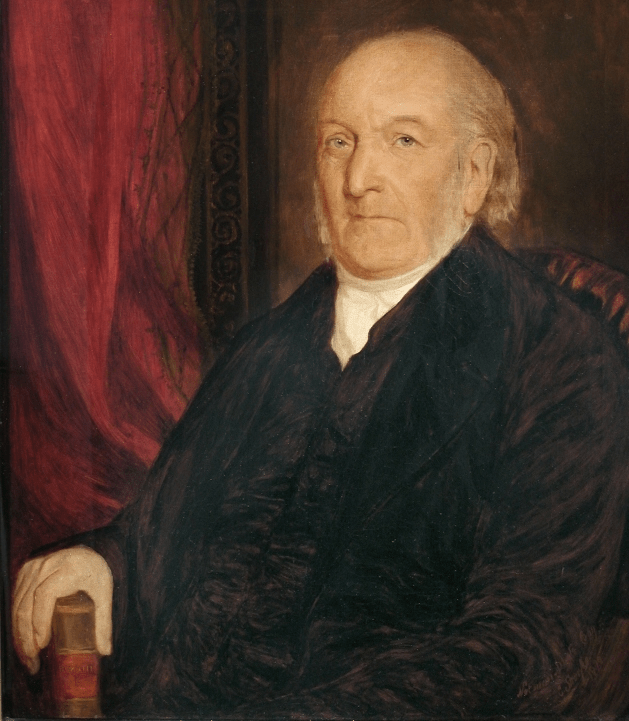
1859-1959
The early years of continuing education McGill University offered extension classes as early as 1859, with Professor Alexander Skakel from McGill College offering experimental lectures in homes. This developed into Extra-Mural Relations, then Extension Courses and eventually its own Department of Extension. A rural education Agriculture-related courses on Macdonald Campus engaged rural communities with extended […]
1960-1967
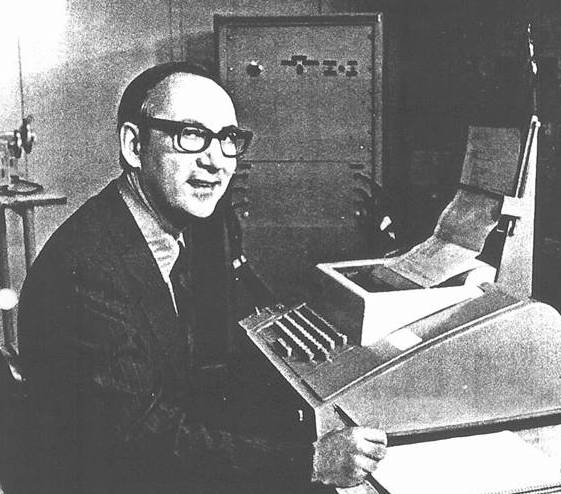
1960s
By 1961, enrolment in the Extension Department was 8,566 — exceeding the number of students enrolled in regular programs.
1968
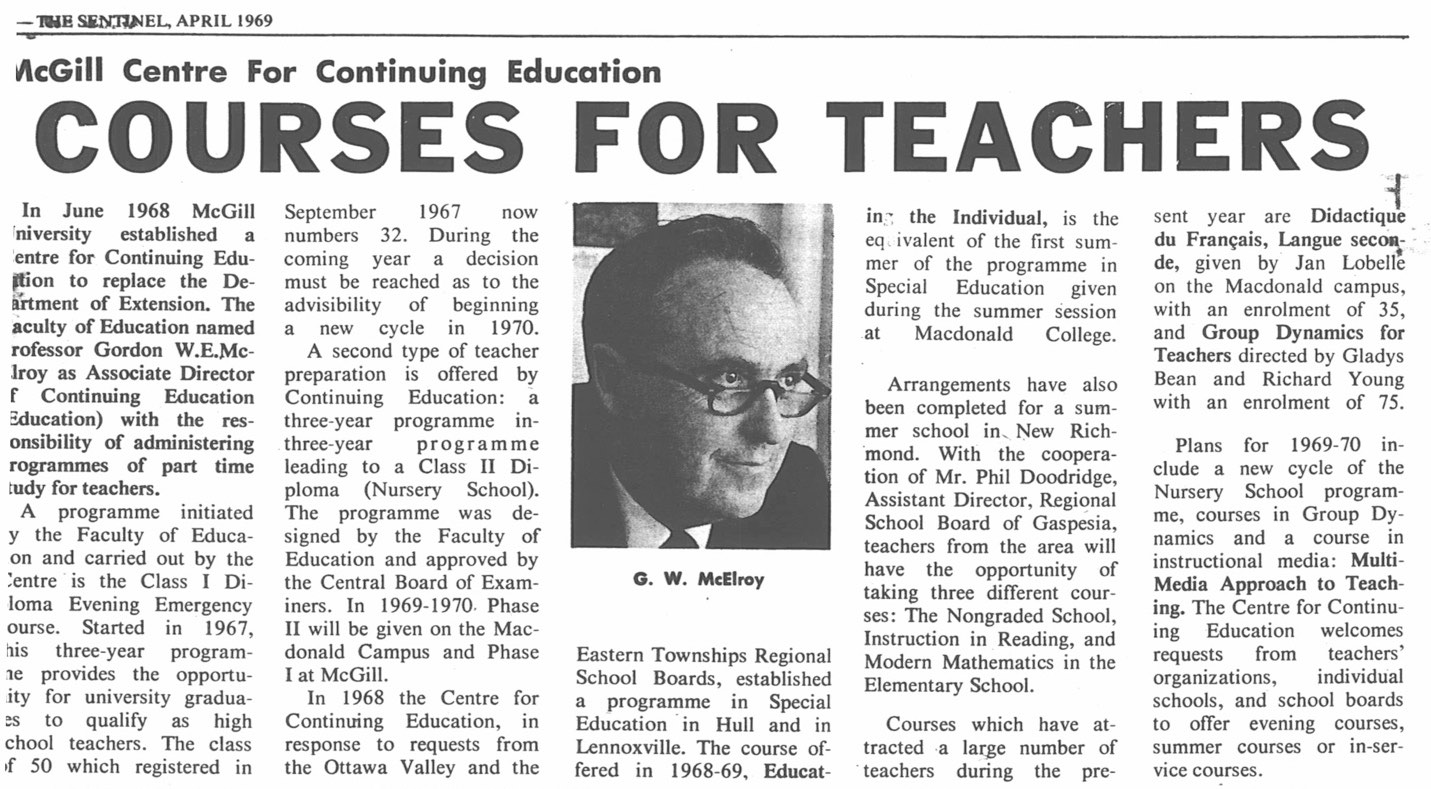
1968
On June 1, 1968, Edward C. Webster oversaw the Department of Extension transiting into the Centre for Continuing Education, with a growing mission: “There are two motivations for extension or continuing education programs. One is the desire – some would say duty – of the university to contribute to its community. The second is the need to make the citizens aware of the university and its facilities”.
1970-1979
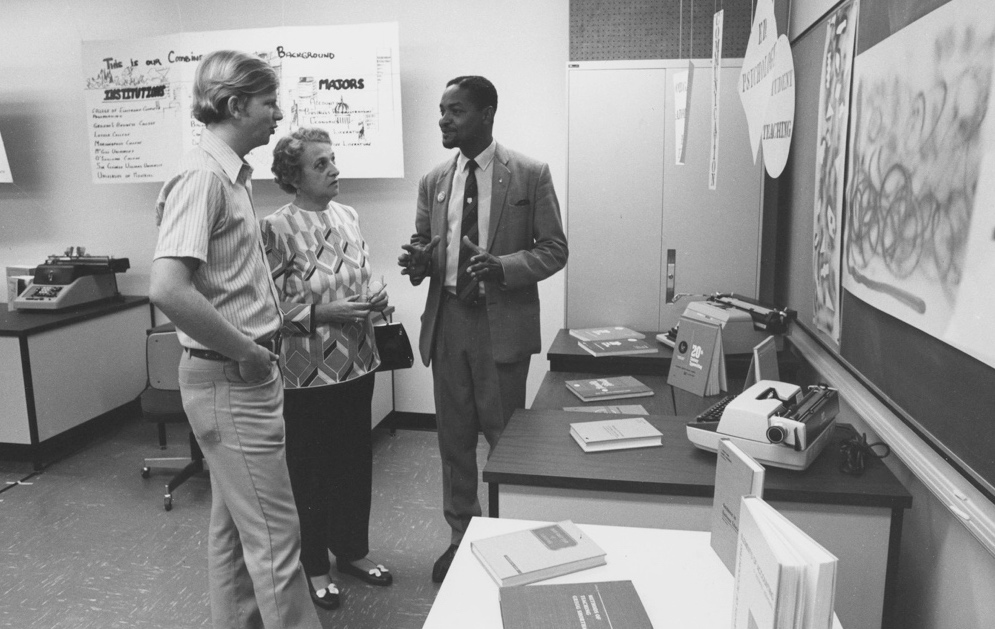
1970s
In 1972, Alistair Duff was named Director of CCE. Holding the title of director was an important step in building the reputation and standing of the Centre. By 1973, the Centre was serving over 16,000 students.
In 1974, the Senate expanded the scope of the Centre’s mission to encourage continuing education across McGill and throughout Quebec. Two years later, courses for Inuit teachers were held in Indigenous communities in northern Quebec.
1980s
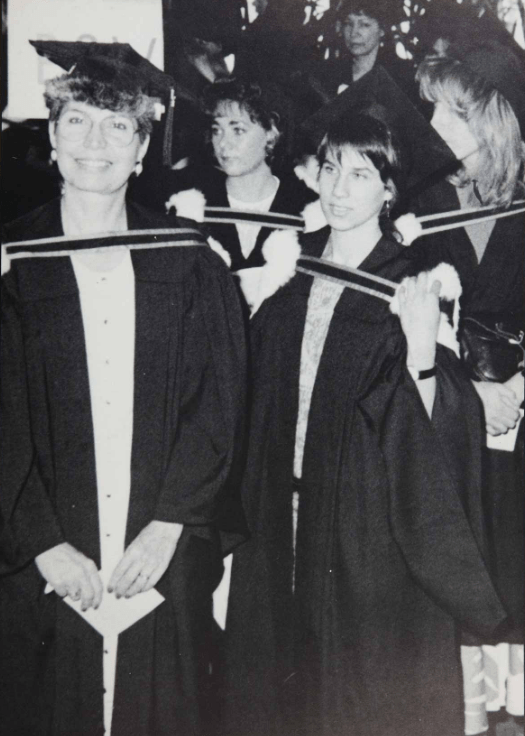
1980s
By 1980, credit programs were offered regularly and had graduates.
In 1982, CCE moved from 772 Sherbrooke to the Redpath Library building. In the same year, the Aviation program was launched, aimed at elevating aviation professionals into management and strategic roles.
1990s
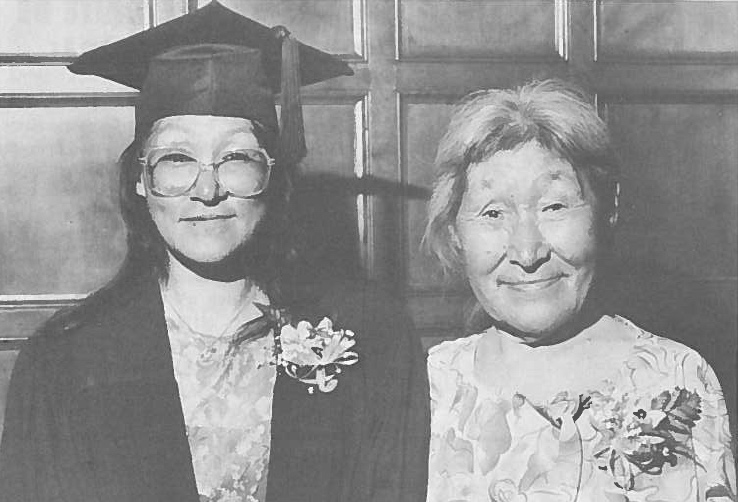
1990s
Professor Morty Yalovsky served as Dean of the Centre for Continuing Education from 1992 to 1999. His focus became partnerships with Desautels Faculty of Management, where Professor Yalovsky still instructed.
Throughout the 1990’s, the CCE saw a shift in its offerings. Moving away from liberal arts courses and degrees, the focus turned to professional and management programs.
2000s

2000s
In 1999, Robin Eley was named Dean. After being reappointed in 2001, his goal became to increase partnerships with other faculties, stating: “The faculties aren't really equipped to deal with continuing education students. That's where we have the expertise.”
This decade also saw a shift in the student body of the CCE. Nearly 75% of students had undergraduate degrees, compared to 10% in past decades. Evening and part-time classes were implemented to offer a better work-life balance to students.
The CCE partnered with CISCO to build an internet training program in 2001. While the demand for these kinds of programs eventually shifted toward a Cégep clientele, McGill CCE was a pioneer of the program.
2010s
2010s
The School of Continuing Studies: a new era In 2010, the CCE offered its first forms of financial aid in the forms of scholarships and bursaries. In May 2011, the CCE officially became the School of Continuing Studies (SCS). In the spirit of the continual growth of the Centre, it had become much more than […]
2021
Today
The School of Continuing Studies today • 12,000+ students from over 160 different nationalities • Ranging from teenagers to seniors • 10 undergraduate programs • 20 graduate programs • 10 professional development programs • 5 online programs • 100+ workshops • Language immersion programs • Career advising services • Community for Lifelong learning • Prizma […]
